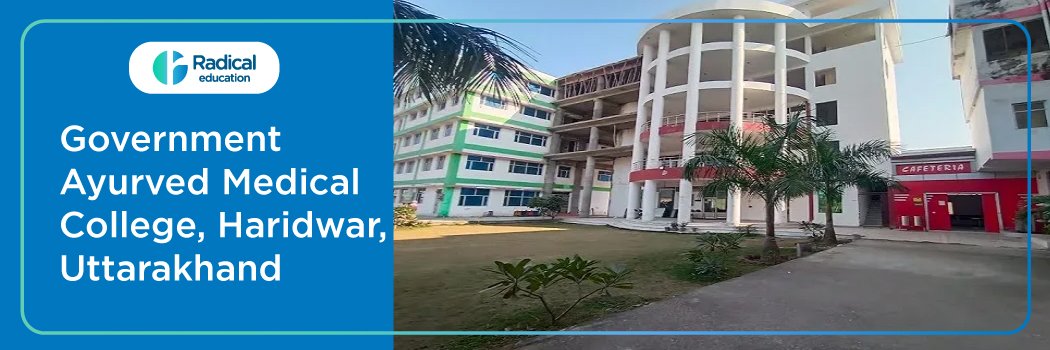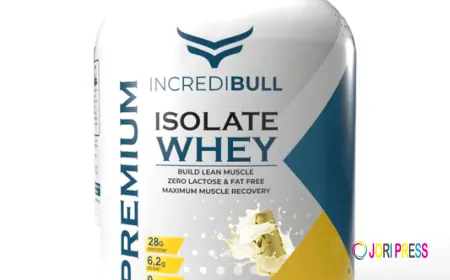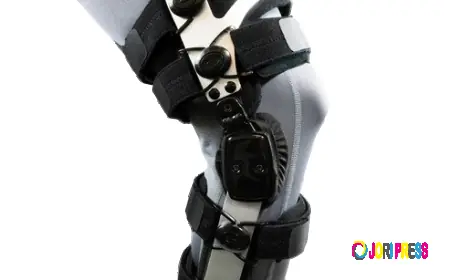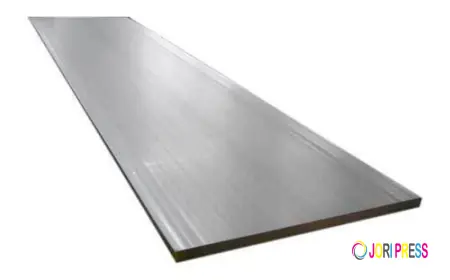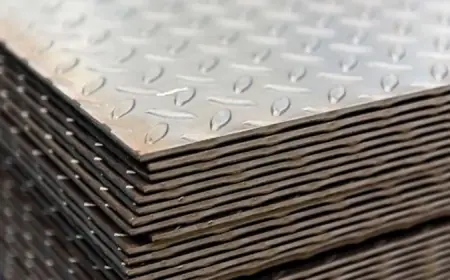Do Cold Plunge Sessions Burn Calories? Are Cold Plunge Spas Child-Friendly?
Homefitness started in 2013 with humble beginnings. From its focus on reviving used equipment to the sale of brand new equipment, we have grown to more than 10,000 square feet warehouse and showroom space in Singapore. With its largest retail network in South-East Asia, Homefitness facilitates the distribution of our products for customers all over the world.
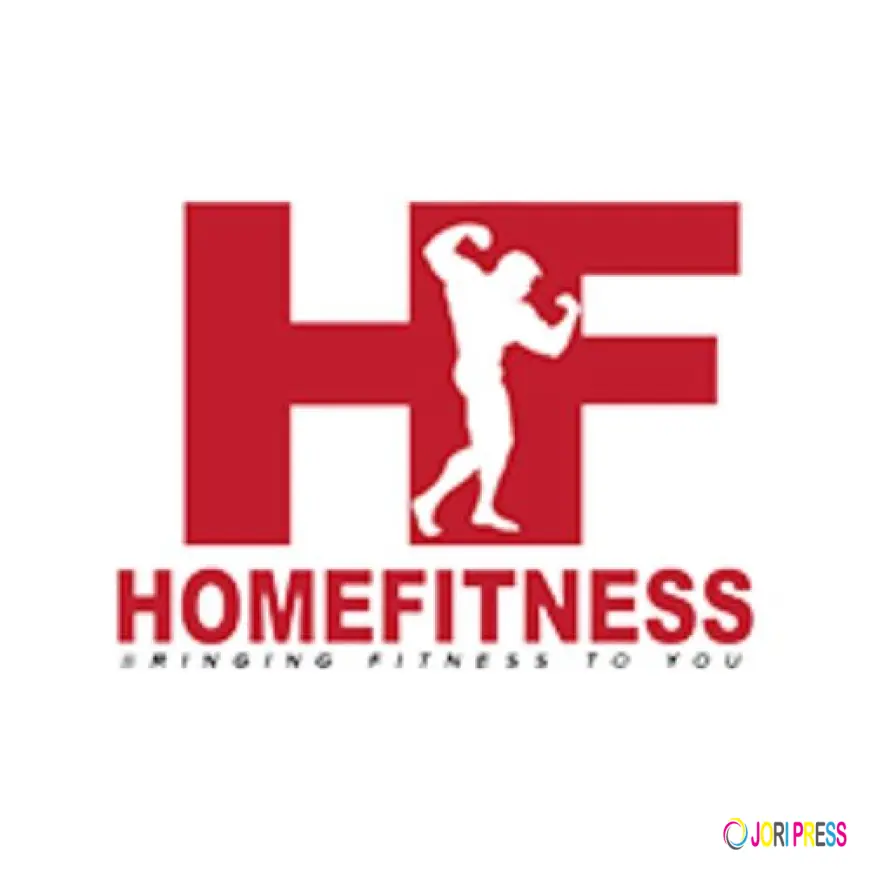
Cold plunge is a relatively new trend, also called cold water immersion or ice bath, and nowadays it is a recovery technique used by athletes, wellness professionals, and even individuals who want to enhance their mental strength. The ritual is to plunge your body (wholly or partially) in cold water, usually 100 to 150°F (50 to 60 °C) for a few minutes.
How Long Does a Cold Plunge Last?
The duration of a session is determined by the level of experience and the temperature of the water.
• Novices tend to begin with 1-2 minutes.
• Intermediate users remain between 3-5 minutes.
• It is not always better to spend longer periods in, but experienced users or athletes can spend up to 5- 10 minutes in.
Do cold plunge sessions burn calories?
Yes Cold plunge sessions in Singapore training could be used to burn calories. Brown fat gets used when your body is in cold weather, and increases your metabolism. Although the calorie expenditure is not really large, regular cold plunges, used in combination with a healthy diet and exercise, can help in maintaining weight to some extent.
How Many Calories Do Cold Plunges Burn?
The amount of calories burned depends on the temperature of the water, the duration, the composition of the body, and metabolism. Short, severe cold shocks use less energy than prolonged mild cold exposure but still provide a benefit.
Some estimates based on research:
• 3-minute plunge at 10–15°C: 30–50 calories
• 10-minute plunge at 10–15°C: 100–150 calories.
To put it into perspective, 30 running minutes may help learn 300-500 calories and, hence, cold plunges are not an alternative to regular physical activities. They have a small, yet real calorie-burning effect.
Benefits of Cold Plunges
Other than the trifling amount of calories burned, regular cold plunges can have other benefits:
1. Improved Muscle Recovery
The cold water can reduce inflammation and soreness after exercise because it constricts the blood vessels and inhibits swelling. This is the reason why athletes tend to use ice baths after training.
2. Enhanced Circulation
Your vessels grow wide again when you get out of cold water. It enhances the circulation of blood in your body, supplying oxygen and nutrients.
3. Boosted Mood and Energy
The cold exposure causes endorphin and norepinephrine to be released, which are chemicals that make a person alert and improve their mood. Most individuals complain that they are refreshed and focused after that.
4. Enhanced Defense.
Other research indicates that exposure to cold can increase the number of white blood cells, which can make your immune system more effective.
5. Better Stress Tolerance
As time passes, the physical and mental stress can improve depending on the repeated cold plunges, which can enhance your nervous system in responding to it.
Who Should Avoid Cold Plunge Sessions?
Cold plunging isn’t suitable for everyone. You should avoid or consult a doctor first if you have:
• Cardiac disease or hypertension.
• Circulatory disorders or Raynaud syndrome.
• Lung-related disorders such as asthma.
• Diabetes with nerve damage
• Pregnancy
How to Do a Cold Plunge Safely
Cold exposure may be effective, yet it should be treated with precaution, particularly for beginners or people with health conditions.
Step 1: Start Slow
Just in case you are new to cold plunges, I would not jump in the icy water. Begin by taking cool showers of 30-60 seconds and over a period of days or weeks, gradually lower the temperature.
Step 2: Choose the Right Temperature
The majority of experts suggest that the temperature should be initiated at about 15 o C (59 o F) and reduced gradually. Anything less than 10o°°CC (50°F) can be quite harsh and and must be undertaken with experience and care.
Step 3: Limit Your Time
Start with 1-2 minutes and gradually increase your time to 5-10 minutes per session. Excessive time will lead to hypothermia or dizziness.
Step 4: Focus on Your Breathing
Conscious breathing is the way to deal with a shock reaction. Take slow, deep breaths using your nose and do not hyperventilate.
Step 5: Warm Up Slowly Afterward
Do not jump into a hot shower/sauna immediately afterwards. Allow your body to heat on its own for a few minutes, and then provide slight heat when necessary.
Step 6: Frequency
Two to four sessions per week are sufficient for most people so that they do not overdo it.
Cold Plunges vs. Exercise Calorie Burn
Activity
Time
Estimated Calories Burned
Cold plunge (10 min, 50°F)
10 min
100–150
Walking (3 mph)
30 min
150–200
Jogging (5 mph)
30 min
250–400
Cycling (moderate)
30 min
200–300
Understanding What a Cold Plunge Spa Is
The Science Behind Cold Water Therapy
A Cold plunge spa in Singapore is a system of water immersion, which is controlled to a temperature range of 5059 F (10 1°CC C). The idea is to narrow blood vessels, increase blood circulation, and activate the innate healing processes of the body. The process assists in lowering inflammation and promotes general well-being.
Temperature Ranges and Duration Recommendations
In adults, the duration of immersion normally varies between 1 and 5 minutes. But the best that children can take should be much milder and shorter, perhaps 10-30 seconds, and the temperature should be lower, between 65o °C -70 o C (18oC-21o°CC) to reduce the shock or discomfort.
Are cold plunge spas child-friendly?
Yes Cold plunge spa can only be safe with the strict supervision of children. Much-closer (though closely overseen) sessions at slightly elevated temperatures may enable children to receive cold water therapy. Nevertheless, extreme cold and extended immersion are to be avoided to avoid hypothermia or shock. Always seek consultation from a pediatrician.
Safety Concerns for Children
1. Temperature Sensitivity
Children tend to react more to both extremes of temperature since they possess a greater surface-to-volume ratio and poor thermoregulation. When exposed to very cold water, a person can easily be hit by hypothermia, particularly when the time spent in the water is excessive and when the water is very cold.
2. Duration of Exposure
A single exposure to cold water may strain the cardiovascular system of a child. Children also cannot express discomfort clearly and tend to have a lower tolerance to cold as compared to adults. The sessions must be very brief, as a rule, a few seconds to a minute, and well monitored.
3. Health Conditions
Children having heart problems, asthma, and other health-related issues should not use cold plunge spas without the consent of a pediatrician. An abrupt exposure to cold water may cause an abrupt change in heart rate, difficulty breathing, or other unfavorable responses.
4. Supervision and Accessibility
Even the cold plunge spa may be dangerous for though it may appear shallow. It is necessary to be supervised all the time. Also, childproofing should be done by using steps, covers, and barriers to avoid accidental falls.
Health and Safety Considerations for Parents
Ideal Temperature Settings for Kids
In case parents want to give their child a cold plunge, the temperature must not get lower than 65 o F (18°°C. This is aimed at being refreshing, rather than shocking.
Safe Duration and Supervision Guidelines
Limit immersion to 20- 30 seconds and watch over. Make children get out of the water as soon as they sense some discomfort, tingling, or numbness.
Signs of Overexposure or Hypothermia in Children
Observe pale or bluish color, uncontrollable shivering, confusion fatigue. They are initial symptoms of hypothermia and have to be warmed and taken to the doctor.
Benefits and Risks for Children
Although there might be certain potential benefits, they have not been studied as well among children as in adults.
Potential Benefits:
• It may help to keep the blood circulating and minimize mild sports activity-related inflammation.
• It can assist in the development of a mentally strong person when performed safely and slowly.
• May is an anorexiant that temporarily improves mood because of adrenaline release.
Potential Risks:
• Rapid or hypothermia.
• Cardiovascular system shock.
• Itchiness or dread, or aversion to water.
Alternatives to Cold Plunge Spas for Children
Cool Showers and Mild Temperature Immersion
A few minutes in a basic cool shower (approximately 70°C or 21 C°C can provide much of the same invigorating effect of cold therapy, and none of the risks of extreme exposure.
Natural Outdoor Water Play as a Gentle Exposure
During warm weather, children can be introduced to the variation of temperatures safely and naturally by allowing them to play in cool lakes or shallow pools.
Conclusion
Cold plunge sessions provide significant recovery benefits, such as enhanced circulation, mood, and stress resilience, to adults, although calorie burn is modest. In the case of children, severe cold immersion is dangerous. Should it be tried, it should be short-lived, monitored, and under milder temperatures, and alternatives such as cool showers should be used.
What's Your Reaction?
 Like
0
Like
0
 Dislike
0
Dislike
0
 Love
0
Love
0
 Funny
0
Funny
0
 Angry
0
Angry
0
 Sad
0
Sad
0
 Wow
0
Wow
0







